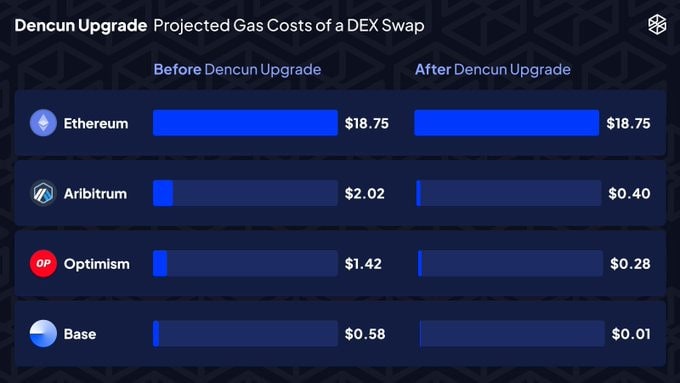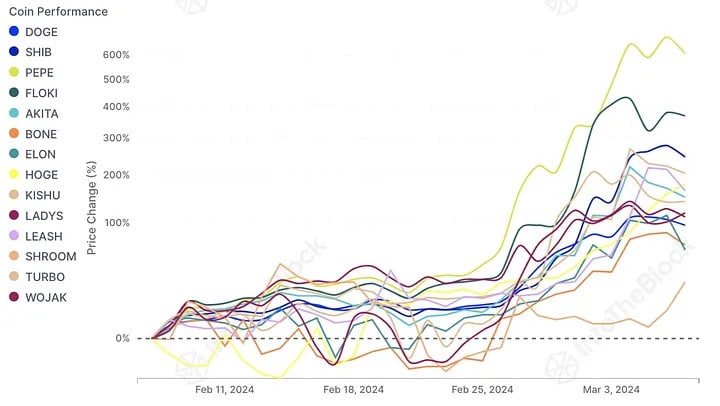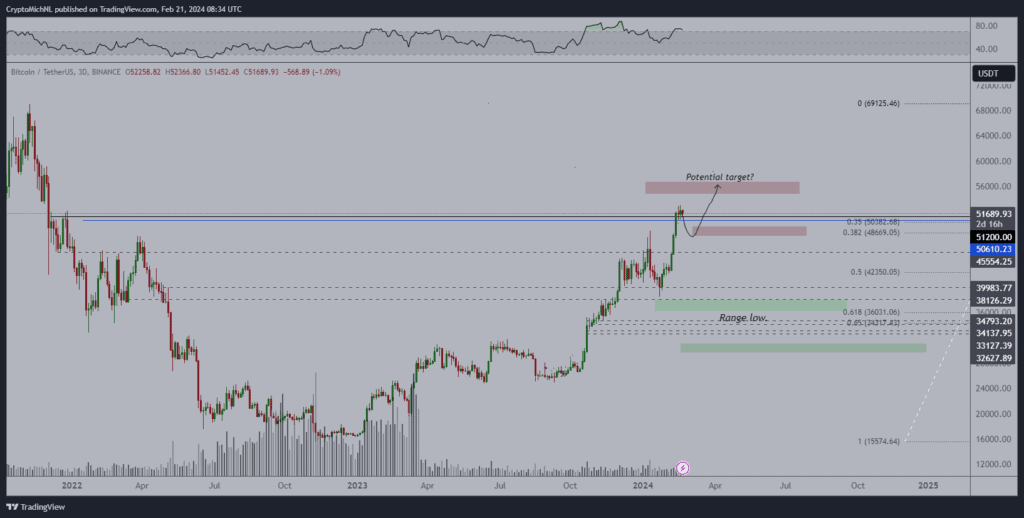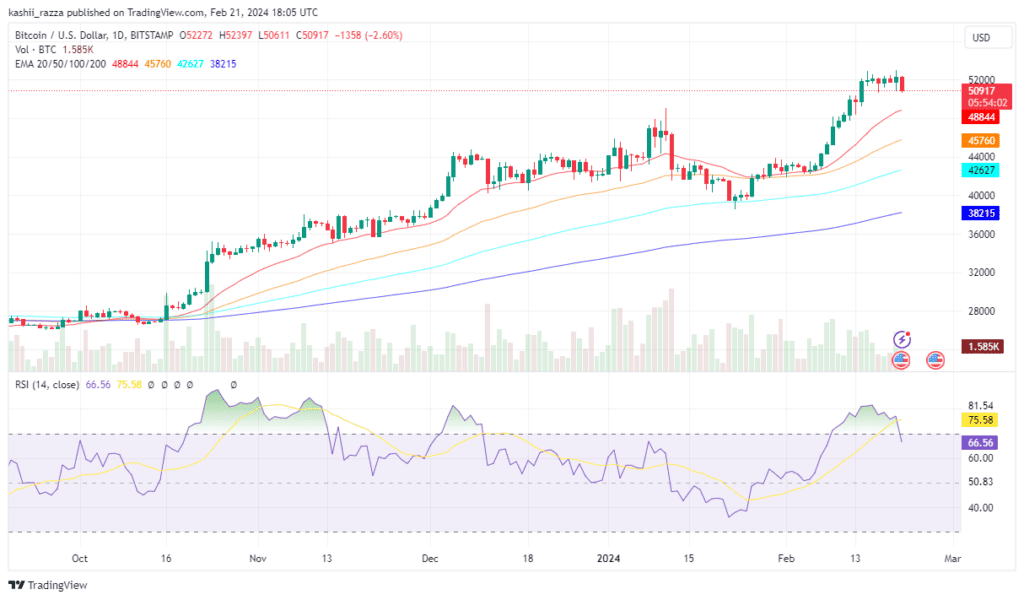Ethereum’s most anticipated upgrade went live on the mainnet, introducing “blobs” and slashing Layer 2 gas fees by 10-100x. For example, zkSync fees dropped from $0.81 to $0.08, marking a 10x decrease. Starknet’s official Twitter account also showed a significant drop in the gas fee to about $0.01-0.04 from roughly $2 [a 99% decrease] after synchronizing the Dencun upgrade.
The estimated gas costs associated with a DEX swap, as highlighted in the screenshot from IntoTheBlock statistics, are: the gas fee for Aribitrum is estimated to be reduced from $2.02 to $0.4, Optimism from $1.42 to $0.28, and Base from $0.58 to $0.01.

Regarding the impact of the Dencun upgrade on layer 1 fees directly reducing congestion on the main chain, the decrease in layer 1 fees is indirect. As of now, it primarily affects Layer 2. The implementation of Danksharding is anticipated to address layer 1 fees, but its execution will require some time.
Ethereum: Maturing Beyond Adolescence
Amidst these developments, L2s have secured more users in the Ethereum ecosystem compared to the mainnet. As seen in the graph below, the ETH mainnet remained flat for daily users over 2023, but daily users have grown consistently on Layer 2s such as zkSync, Arbitrum, Optimism, and Coinbase’s BASE.
Additionally, the Ethereum Layer 2 network has attracted more liquidity than its Layer 1 competitors. For instance, Arbitrum singlehandedly toppled most Layer 1s, including Solana, Avalanche, and Polygon, in TVL for $3 billion on February 20, 2024. “We believe that continued ETH Layer 2 traction could be a tailwind,” as per Grayscale’s analysis.

However, every major Ethereum Layer-2 rollup runs a centralized sequencer at the moment. Relying on a centralized sequencer for processing and batching transactions might expose the chain to vulnerable scenarios such as outage risk as well as other potentially extractive actions such as MEV. Still, most Layer 2s have outlined plans to decentralize this over time, which Vitalik Buterin calls decentralization “stages.” This includes establishing a “distributed committee” of sequencers to mitigate the risk of value extraction.
Ethereum stands at a pivotal juncture, poised to move out of its adolescence and into its mature phase. The upgrade, alongside the broader Eth 2.0 initiative, marks a significant milestone in Ethereum’s journey towards becoming a more scalable, efficient, and user-friendly platform.






